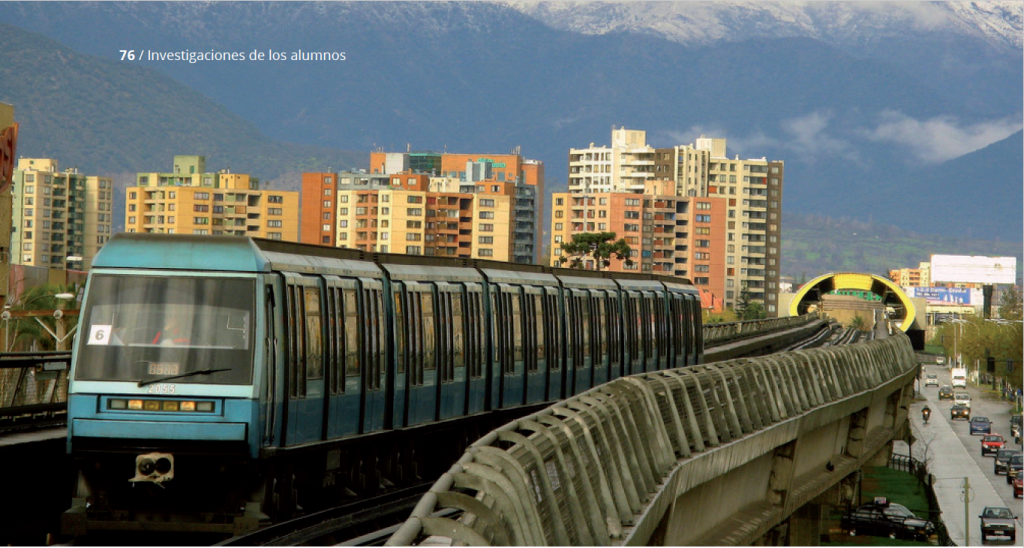Omar Seguel, Patricia Galilea.
JI3 2016, number 6, pages 76-95.
Abstract
The intensive growth of Santiago, the continuous increase in motorization rates and the increase on social inequality in the country have resulted in the setting of a strongly segregated city with unequal patterns of mobility among different sectors of the population. The objective of this article is to contrast the situation faced by the various sectors of the population inhabiting the Chilean Capital by studying several demographic, socioeconomic, urban and mobility patterns for eight municipalities that are located on the periphery of Gran Santiago. First, we studied how housing policy, the absence of a urban regulation policy, the using of free market as the only tool for valuing, and distributing the urban land and the liberalization of the transport system, derived in diverse urban development processes that explain the current expansion and segregation within Gran Santiago. Subsequently, the inequalities in urban mobility patterns in different municipalities were studied and contrasted. The results indicate huge differences on how the people from different districts move within the city. Therefore, it was concluded that the inequality in urban mobility creates an urban configuration that benefits upscale sectors and increases the divergence within the city. These results emphasized the need for creating transport and urban planning policies to remedy the current unequal configuration of the city.
